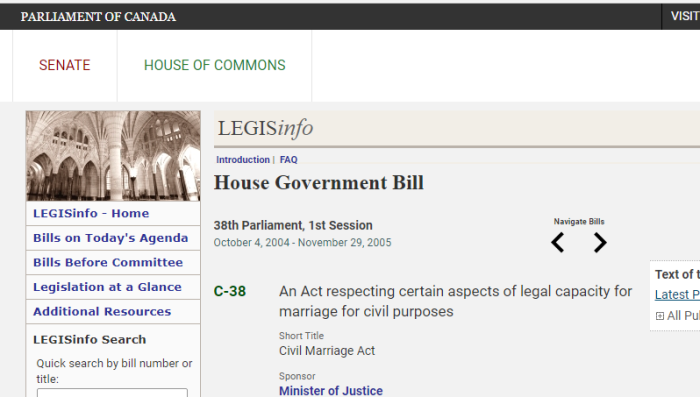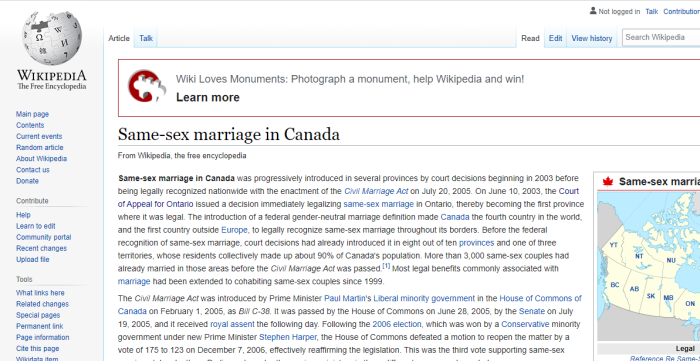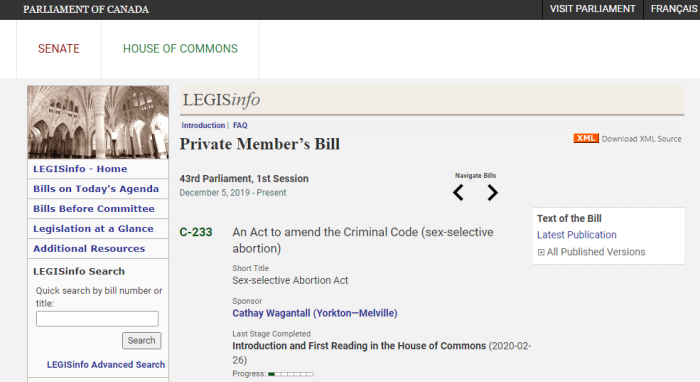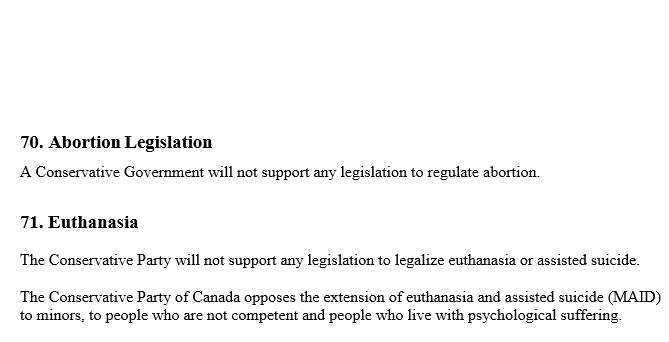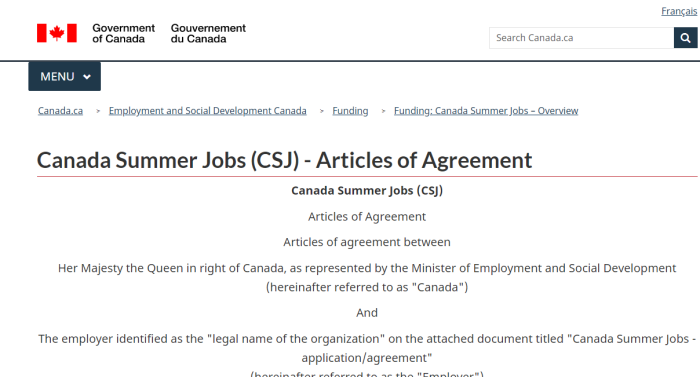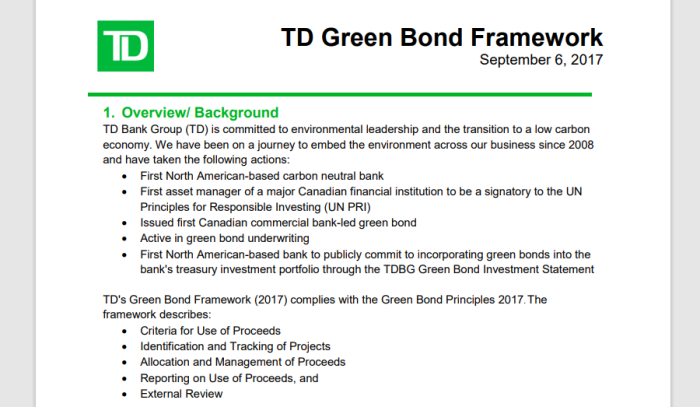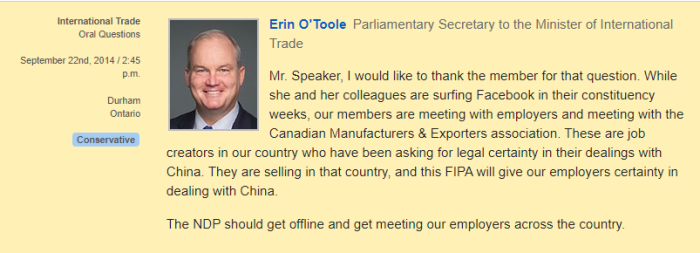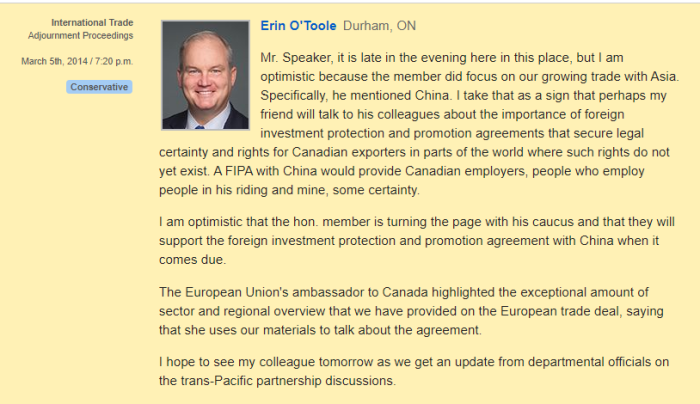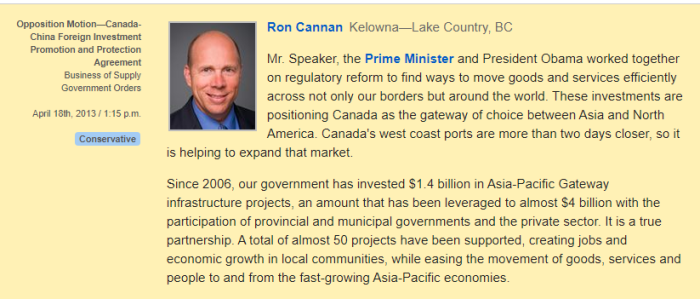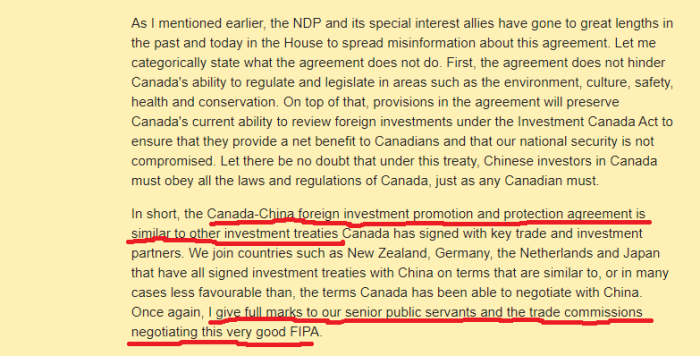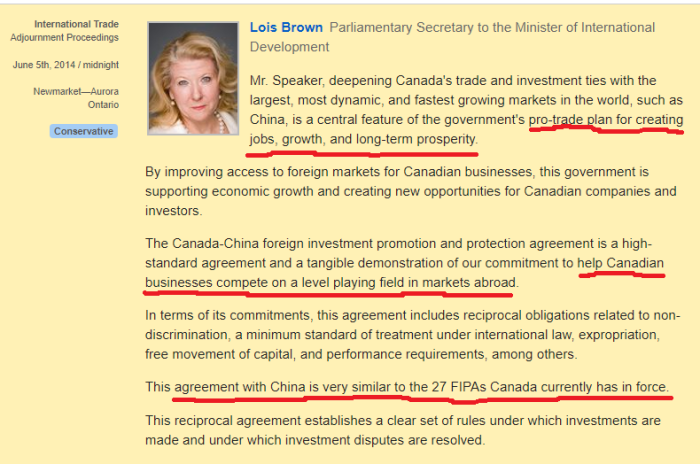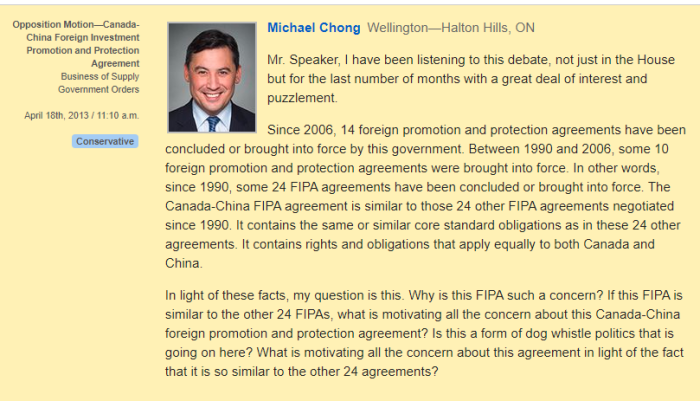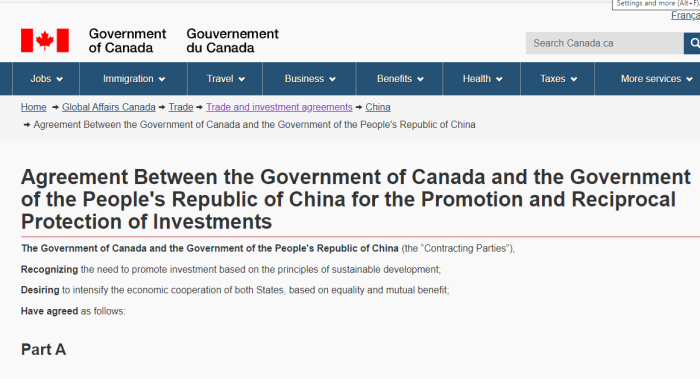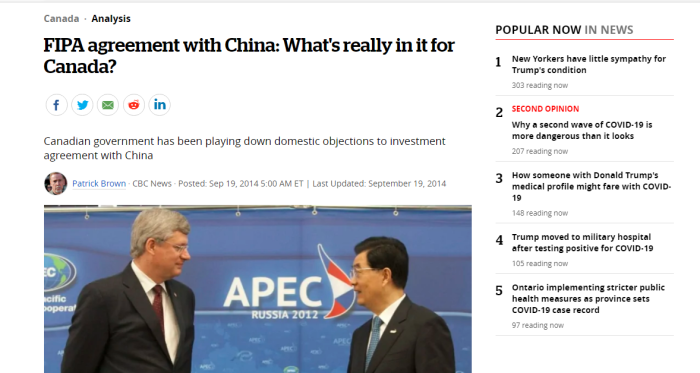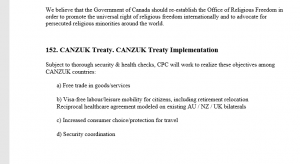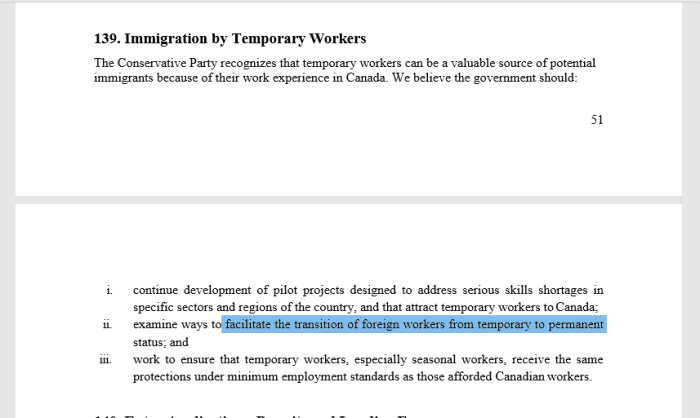
The Canadian Parliament held hearings on online pornography, and the exploitation of people (including children). Instead of reporting on that, it was used to promote the LBGTQ agenda. Talk about missing the point.
1. Trafficking, Smuggling, Child Exploitation
For the previous work in the TSCE series. Laws politicians pass absolutely ensure these obscenities will continue. This piece will focus on Parliament misusing M-47 for gay rights pandering, instead of reporting of exploiting women and children. Also, take a look at open borders movement, the abortion and organs industry, and the NGOs who are supporting it.
2. Submitted Briefs, Testimony Transcripts
Porn Defend Dignity, Christian & Missionary Alliance
Porn Rainy River District Womens Shelter of Hope
Porn Christian Legal Fellowship
Porn National Center on Sexual Exploitation
Porn Sarson MacDonald Forced Pornography
Porn Gary Wilson Sex Trafficking
Porn Cordelia Anderson Prevent Abuse And Exploitation
Porn National Center for Missing and Exploited Children
Porn Janet Zacharias Health Issue Exploitation
Porn Charlene Doak-Gebauer Child Porn Hurts
Porn Fight The New Drug
Porn Various Scholars
Porn Hope For The Sold
Porn Evangelical Fellowship of Canada
Porn Porn Harms Kids
Porn Dallas Kornelsen
Porn Central Nova Womens Resources
Porn Turning Point Counselling Services
Porn Ten Broadcasting No Access For Minors
Porn The Reward Foundation Neurological Changes
Transcript Parliament Porn February 7
Transcript Parliament Porn March 23
Transcript Parliament Porn April 4
Transcript Parliament Porn April 11
3. A Few Audio Clips Of Witnesses
4. Witness: Gary Wilson
Brief Relating to Motion 47 – Gary B. Wilson
Thank you for inviting me to present evidence related to Motion 47. My concern is not with pornography use as such, but strictly with the digital porn widely consumed today. No doubt other witnesses will supply evidence linking internet porn (IP) to wider public health issues such as increased aggression, performer risks, and sex trafficking. I will focus on the aspects I know best: IP’s adverse effects on users, and the need for IP research to investigate causation.
Evidence suggests that today’s streamed IP videos are sui generis, with unique properties such as inexhaustible sexual novelty at a click or tap, effortless escalation to more extreme material, and ready accessibility for viewers of all ages, and that these unique properties are giving rise to severe symptoms in some consumers. Although a full review of research correlating IP use with social and personal problems is beyond the scope of this brief, existing studies associate IP use with greater anxiety, shyness, depression, poorer academic performance, ADHD9, body dysmorphia, and relationship dissatisfaction. Researchers have also linked IP use with arousal,
attraction, and sexual performance problems with partners, including difficulty orgasming and erectile dysfunction (ED), negative effects on partnered sex, a need for stronger pornographic material, and a preference for using IP to achieve and maintain arousal rather than having sex with a partner.
5. Witness: Cordelia Anderson
Background
For the past 40 years, I’ve worked to promote sexual health and prevent sexual harm. While my early work involved treating prostituted women, sex offenders and survivors of sexual abuse/sexual violence, most of my focus has been on prevention. In 1976, I began my work and study at the Program in Human Sexuality (PHS), University of Minnesota. There, I was trained that pornography was harmless and in fact a useful aid for couples and individuals with sexual problems. I learned a lot of excellent information about sexuality, the importance of promoting sexual health and the harms of sexual oppression. However, my work after that point challenged and changed my thinking related to pornography. Next, I was asked to develop a child sexual abuse prevention program (no others existed at the time) in the Hennepin County Attorney’s Office and to work as a child victim advocate. Throughout this time, I also worked as a consulting therapist. I began to see a very different impact of pornography on individuals and culture.
I’ve conducted over 2,500 presentations and developed numerous educational materials including plays; most recently, “Fired Up” based on the stories of adult survivors or sexual abuse and exploitation. Throughout my career, I’ve tried to bring attention to what types of materials promote sexual health and functioning and what promotes sexual harms and dysfunction. In the 80’s I co-authored a play, “For Adults Only” that addressed many of these issues and then after all the changes with technology, in 2011, I wrote a booklet, “The Impact of Pornography on Children Youth and Culture.” In the past, we had qualitative data from stories and information from clinical practices, but now there is extensive research that speaks to an altered impact from advances in technology and an increasingly egregious sexually exploitive content.
6. Witness: Janet Zacharias

WOMEN AND EXPLOITATION
Gender Issue
Pornography producers and consumers are mostly male (Dines, 2010; Gorman, MonkTurner & Fish, 2010). Moreover, women submission to any and all kinds of sexual acts without resistance are common in pornography.
.
An overall significant link between pornography use and beliefs that reinforce violence against women exists. (Hald, Malamuth & Yuen, 2010; Malamuth et al., 2012; Peter & Valkenburg, 2007).
.
*Behaviors such as rape are often significantly underreported for political reasons; thus, government statistics can be skewed and inaccurate (Phillips et al.,2015)
7. UN Office On Drugs And Crime
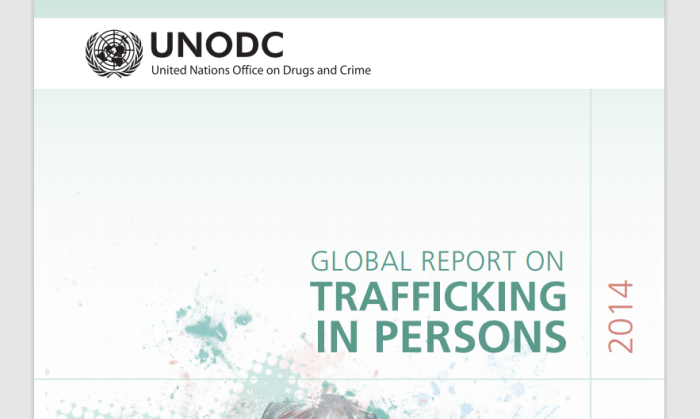
UNODC 2014 Report On Trafficking
FORMS OF EXPLOITATION
.
Exploitation is the source of profits in trafficking in persons cases, and therefore, the key motivation for traffickers to carry out their crime. Traffickers, who may be more or less organized, conduct the trafficking process in order to gain financially from the exploitation of victims. The exploitation may take on a range of forms, but the principle that the more productive effort traffickers can extract from their victims, the larger the financial incentive to carry out the trafficking crime, remains. Victims may be subjected to various types of exploitation.
The two most frequently detected types are sexual exploitation and forced labour. The forced labour category is broad and includes, for example, manufacturing, cleaning, construction, textile production, catering and domestic servitude, to mention some of the forms that have been reported to UNODC. Victims may also be trafficked for the purpose of organ removal, or for various forms of exploitations that are not forced labour, sexual exploitation or organ removal. These forms have been categorized as ‘other forms of exploitation’ in this Report, and this Section will also examine the detections of these ‘other forms’ in some detail.
Information on the forms of exploitation was provided by 88 countries. It refers to a total of 30,592 victims of trafficking in persons detected between 2010 and 2012 whose form of exploitation was reported.
Looking first at the broader global picture, some 53 per cent of the victims detected in 2011 were subjected to sexual exploitation, whereas forced labour accounted for about 40 per cent of the total number of victims for whom the form of exploitation was reported.
(from page 33)
UNODC GLOTIP_2014_full_report
unodc.organ.and.human.trafficking
Now, with all of this information, one would think that the bulk of the final report would cover abuse and sexual exploitation of vulnerable people. However, you would be wrong.
8. UN On Sale Of Children, Child Porn
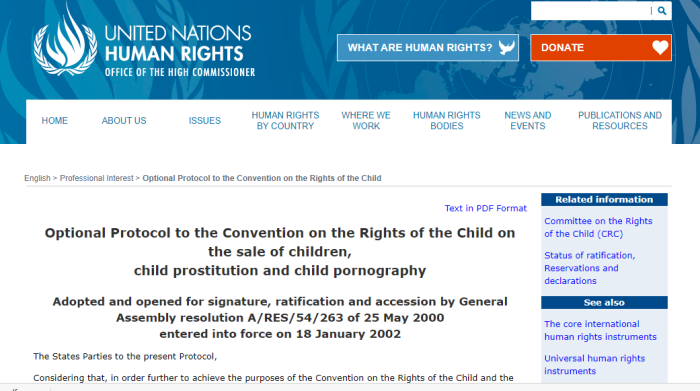
Optional Protocol to the Convention on the Rights of the Child on the sale of children, child prostitution and child pornography
Article 1
.
States Parties shall prohibit the sale of children, child prostitution and child pornography as provided for by the present Protocol.
Article 2
.
For the purposes of the present Protocol:
.
(a) Sale of children means any act or transaction whereby a child is transferred by any person or group of persons to another for remuneration or any other consideration;
.
(b) Child prostitution means the use of a child in sexual activities for remuneration or any other form of consideration;
.
(c) Child pornography means any representation, by whatever means, of a child engaged in real or simulated explicit sexual activities or any representation of the sexual parts of a child for primarily sexual purposes.
https://www.ohchr.org/EN/ProfessionalInterest/Pages/OPSCCRC.aspx
All of these things are important issues to address. One would think that they would be the primary focus of the report at the end, and of the recommendations.
9. Final Report Of Parliamentary Committee
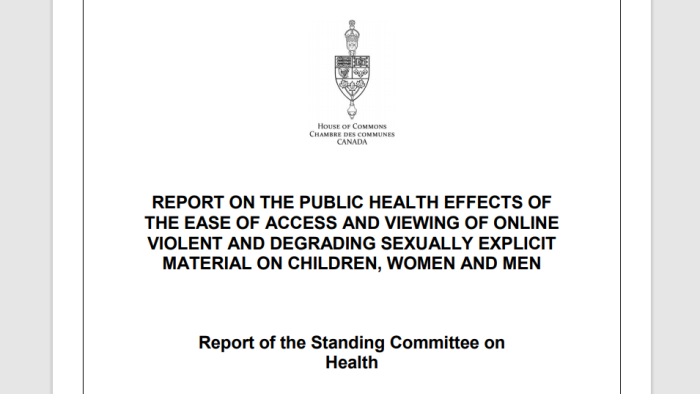
Porn Report Back To Parliament
In response to these concerns and reflecting the recommendations heard in oral testimony and presented in written submissions, the Committee therefore recommends that:
1. The Public Health Agency of Canada update the 2008 Canadian Guidelines for Sexual Health Education to address sexual health in the digital age, gender-based violence, consent, supplementary information for young people to learn about the different spectrum of sexual expressions and identities including lesbian, gay, bisexual, transgender, transsexual, intersex, queer, questioning, 2 spirited (LGBTQ2+) communities and provide support for their implementation.
2. The Public Health Agency of Canada, in collaboration with provincial and territorial governments, health care providers, public health and education experts and other relevant stakeholders, develop a Canadian sexual health promotion strategy that would provide comprehensive information on sexuality and sexual health that would include, but not be limited to, sexual identity, gender equity, gender-based violence, consent and behaviour in the digital age and possible risks of exposure to online violent and degrading sexually explicit materials and encourage its usage in school curriculums.
3. The Public Health Agency of Canada apply Gender-based Analysis Plus in the development of the proposed Canadian sexual health promotion strategy and in the update of the Canadian Guidelines for Sexual Health Education.
4. a. The Public Health Agency of Canada compile and make available:
.
a list of best practices, information, and currently available tools for parents and families on how to protect children from exposure to online sexually explicit material.
.
b. That technology companies, electronics manufacturers, software and browser developers work to create better content filters and tools that respect individual privacy while empowering parents to protect children online.
What, no mention of the trafficking, or exploitative nature of pornography? No recommendations to fight against people being forced into this “industry”? Way to miss the mark.
Sure, there is some mention of educating students on the issue of explicit materials, but it almost seems to be an afterthought.
This isn’t selective editing or quoting. The final report seems to be a very watered down version of what was actually submitted and discussed at the hearings.
Like this:
Like Loading...



